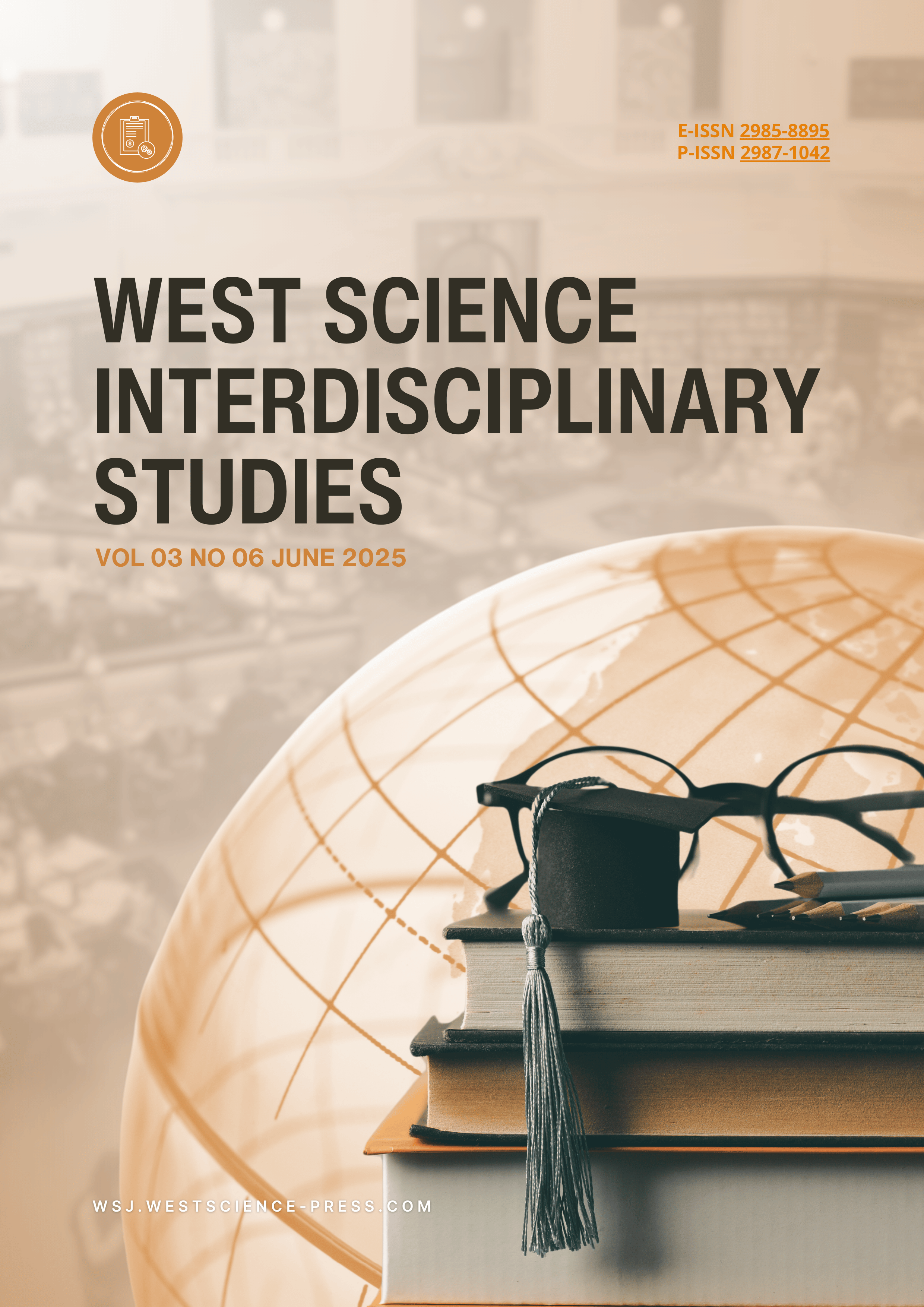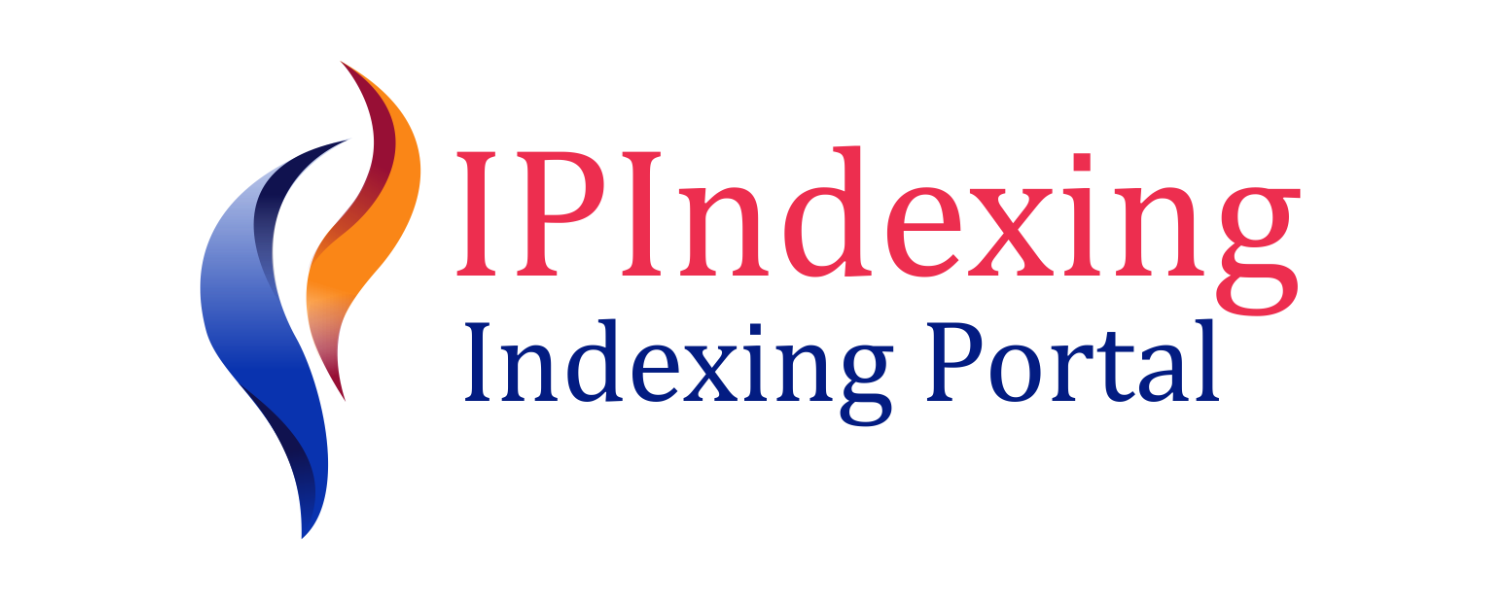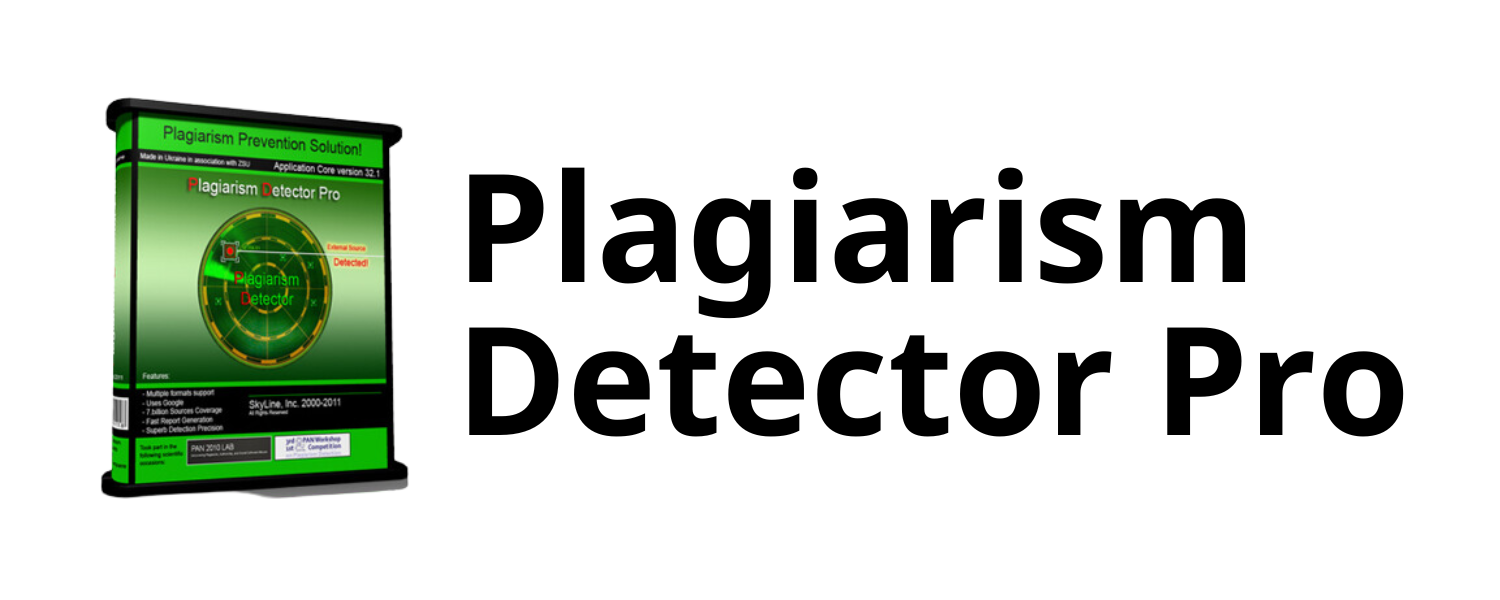A Bibliometric Analysis of Ocean Plastic Pollution Research: Trends and Future Directions
DOI:
https://doi.org/10.58812/wsis.v3i06.2025Keywords:
Ocean Plastic Pollution, Bibliometric Analysis, Microplastics, Marine Debris, VOSviewerAbstract
This study presents a comprehensive bibliometric analysis of global research on ocean plastic pollution to identify key trends, influential contributors, thematic structures, and future research directions. Bibliometric data were retrieved from the Scopus database, covering the period from 2000 to 2024. Using VOSviewer, the study analyzed co-authorship networks, keyword co-occurrences, and temporal evolution of research themes. The analysis included publication trends, authorship patterns, country collaborations, and research clusters. The results reveal a substantial increase in research output, with dominant themes clustering around marine pollution pathways, microplastic impacts, environmental monitoring, and waste management strategies. Keywords such as “plastic pollution,” “microplastic,” and “environmental monitoring” were central to the field. Influential authors included Jambeck J.R., Law K.L., and Thompson R.C., while the United States, the Netherlands, and Canada emerged as leading countries in terms of productivity and collaboration. Recent research trends show a shift toward sustainability, climate linkages, and circular economy frameworks. The field is transitioning from problem identification to integrated solutions and policy-oriented approaches. Future research should strengthen interdisciplinary integration and promote more inclusive international collaborations, particularly involving regions most affected by marine plastic pollution. This study provides a systematic, visualized mapping of the ocean plastic pollution research landscape and offers strategic insights for academics, practitioners, and policymakers seeking to advance sustainable marine environmental governance.
References
[1] E. Van Sebille, C. Spathi, and A. Gilbert, “The ocean plastic pollution challenge: towards solutions in the UK,” Grant. Brief. Pap, vol. 19, pp. 1–16, 2016.
[2] R. Stafford and P. J. S. Jones, “Viewpoint–Ocean plastic pollution: A convenient but distracting truth?,” Mar. policy, vol. 103, pp. 187–191, 2019.
[3] R. C. P. Monteiro, J. A. I. do Sul, and M. F. Costa, “Plastic pollution in islands of the Atlantic Ocean,” Environ. Pollut., vol. 238, pp. 103–110, 2018.
[4] C. Wabnitz and W. J. Nichols, “Plastic pollution: An ocean emergency,” Mar. Turt. Newsl., no. 129, p. 1, 2010.
[5] N. Donthu, S. Kumar, D. Mukherjee, N. Pandey, and W. M. Lim, “How to conduct a bibliometric analysis: An overview and guidelines,” J. Bus. Res., vol. 133, pp. 285–296, 2021.
[6] M. MacLeod, H. P. H. Arp, M. B. Tekman, and A. Jahnke, “The global threat from plastic pollution,” Science (80-. )., vol. 373, no. 6550, pp. 61–65, 2021.
[7] E. M. Jepsen and P. J. N. de Bruyn, “Pinniped entanglement in oceanic plastic pollution: a global review,” Mar. Pollut. Bull., vol. 145, pp. 295–305, 2019.
[8] A. A. Phelan, H. Ross, N. A. Setianto, K. Fielding, and L. Pradipta, “Ocean plastic crisis—Mental models of plastic pollution from remote Indonesian coastal communities,” PLoS One, vol. 15, no. 7, p. e0236149, 2020.
[9] N. J. van Eck and L. Waltman, “Software survey: VOSviewer, a computer program for bibliometric mapping,” Scientometrics, vol. 84, no. 2, pp. 523–538, 2010, doi: 10.1007/s11192-009-0146-3.
[10] L. Lebreton et al., “Evidence that the Great Pacific Garbage Patch is rapidly accumulating plastic,” Sci. Rep., vol. 8, no. 1, p. 4666, 2018.
[11] J. Michels, A. Stippkugel, M. Lenz, K. Wirtz, and A. Engel, “Rapid aggregation of biofilm-covered microplastics with marine biogenic particles,” Proc. R. Soc. B, vol. 285, no. 1885, p. 20181203, 2018.
[12] S. P. Garaba et al., “Sensing ocean plastics with an airborne hyperspectral shortwave infrared imager,” Environ. Sci. Technol., vol. 52, no. 20, pp. 11699–11707, 2018.
[13] G. McNicholas and M. Cotton, “Stakeholder perceptions of marine plastic waste management in the United Kingdom,” Ecol. Econ., vol. 163, pp. 77–87, 2019.
[14] O. K. Helinski, C. J. Poor, and J. M. Wolfand, “Ridding our rivers of plastic: A framework for plastic pollution capture device selection,” Mar. Pollut. Bull., vol. 165, p. 112095, 2021.
[15] A. Cózar et al., “Marine litter windrows: a strategic target to understand and manage the ocean plastic pollution,” Front. Mar. Sci., vol. 8, p. 571796, 2021.
[16] A. Delre et al., “Plastic photodegradation under simulated marine conditions,” Mar. Pollut. Bull., vol. 187, p. 114544, 2023.
[17] K. Dube and G. Nhamo, “Sustainable development goals localisation in the tourism sector: Lessons from Grootbos private nature reserve, South Africa,” GeoJournal, vol. 86, pp. 2191–2208, 2021.
[18] H. Ritchie and M. Roser, “Plastic pollution,” Our world data, 2018.
[19] A. T. Williams and N. Rangel-Buitrago, “The past, present, and future of plastic pollution,” Mar. Pollut. Bull., vol. 176, p. 113429, 2022.
[20] T. Ballerini et al., “Plastic pollution in the ocean: what we know and what we don’t know about.” Plastic and Ocean Platform; The camp, 2018.
Downloads
Published
Issue
Section
License
Copyright (c) 2025 Loso Judijanto

This work is licensed under a Creative Commons Attribution-ShareAlike 4.0 International License.
























 Instagram
Instagram 